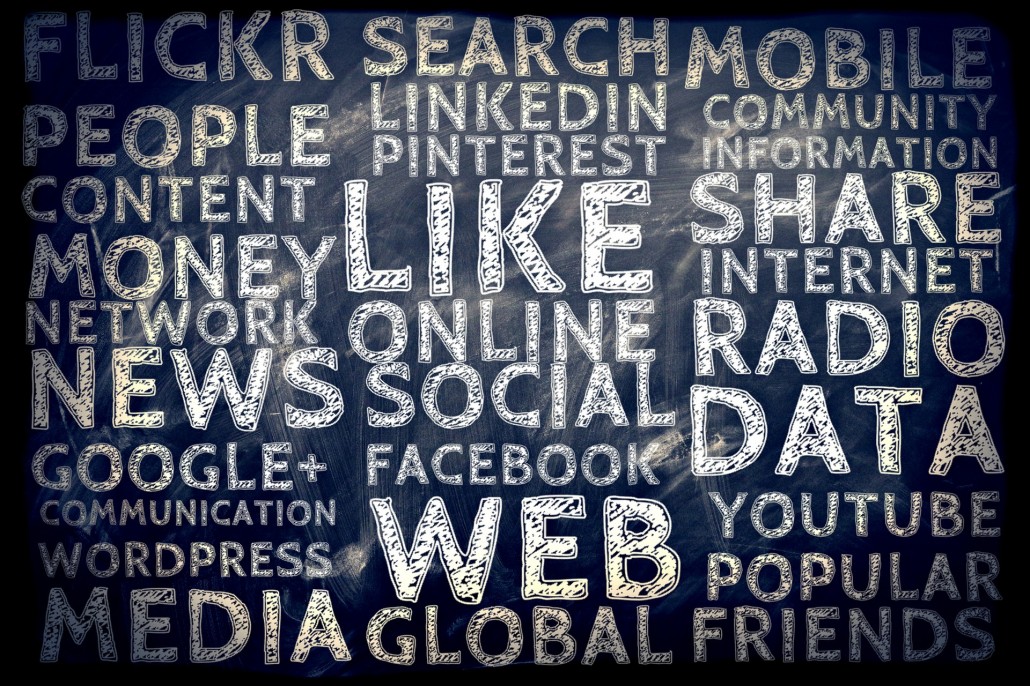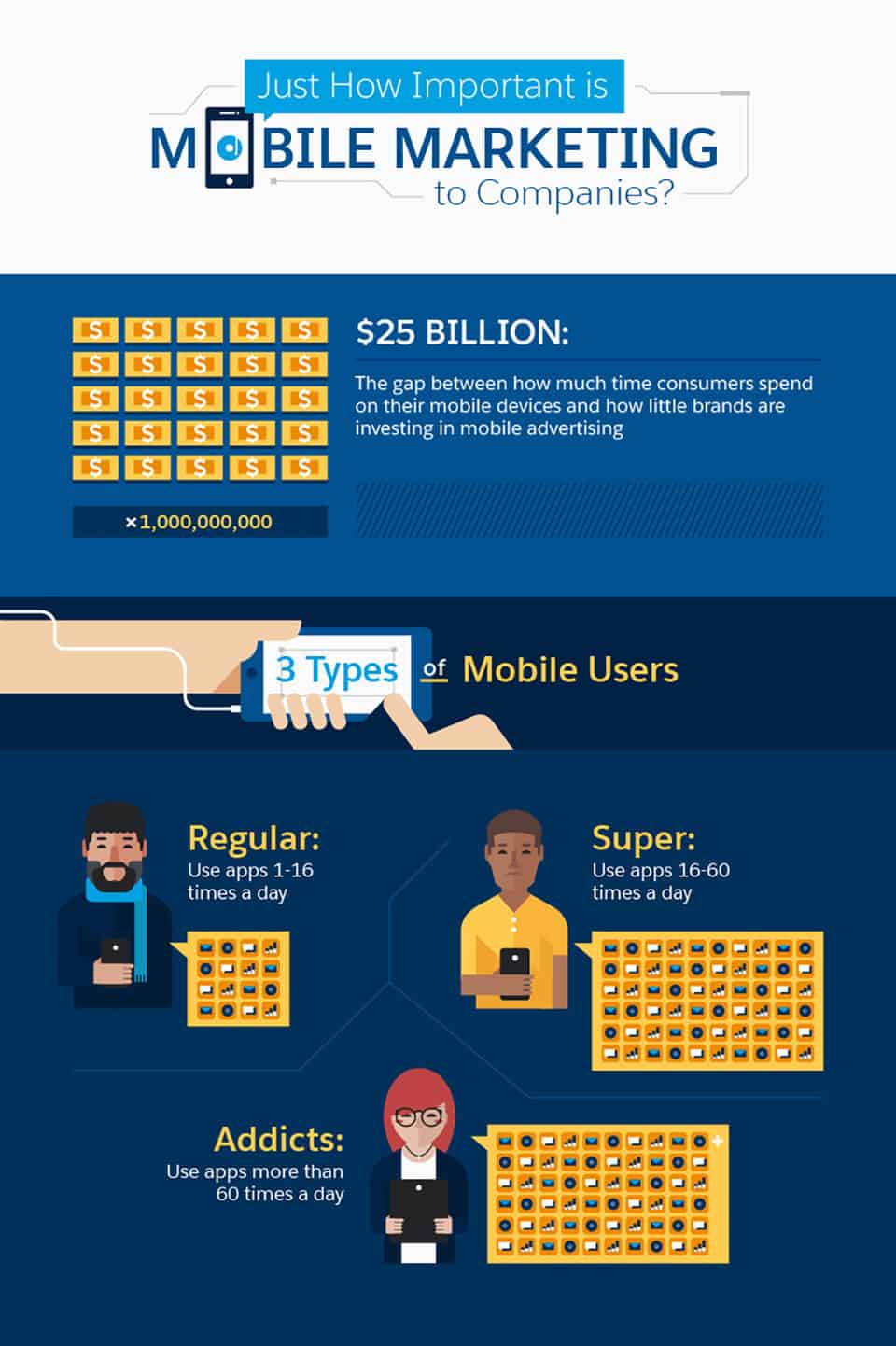Social Media and Brand Awareness
 There isn’t just one key to success for a company, no matter the size. Success is usually a product of persistence, best practices, and even a little (or a lot of) luck. One very important key to success is creating brand awareness. We’ve talked about brand awareness several times on the Lead Liaison blog, but today we’ll be talking about the relationship between social media and brand awareness.
There isn’t just one key to success for a company, no matter the size. Success is usually a product of persistence, best practices, and even a little (or a lot of) luck. One very important key to success is creating brand awareness. We’ve talked about brand awareness several times on the Lead Liaison blog, but today we’ll be talking about the relationship between social media and brand awareness.
An Argument for Social Media for B2B Companies
I’m sure I don’t need to go into why brand awareness is essential for any company, especially a small-to-medium sized company. When another business has a need that pertains to your line of work, you want that company to think of you immediately. Brand awareness is the result of nurturing and education, both of which can be done via social media in small, easy-to-consume spoonfulls.
Why should B2B companies use social media to promote brand awareness? Example: in my off time, I occasionally (okay – more than occasionally) scroll social media. Even though I’m not “on the clock”, I’m still thinking about to-do lists, and I am aware of what I am consuming. I’ve usually got an even clearer head because I’m in more of a relaxed state of mind. When I see advertisements for tools that I could use at work, it doesn’t make me cringe. It makes me think. During the workday, I’m so busy with tasks and emails that I rarely stop what I’m doing to assess the situation and see if I could be doing anything better or more efficiently. That’s not good – but it’s fact.
What Should Be Different About a B2B Company’s Social Media Efforts?
As with most B2B marketing, it’s more about education than hard selling. Remember, the goal with your social media is brand awareness – not immediate sales. You want to help businesses learn to trust your company’s name as a resource. Once you’ve done that, you’ll be the first company that comes to mind when their need comes to fruition. Because of this, your social media marketing should not focus on selling, but rather on education. Share best practices, tips & tricks, or links to informative articles (yours or others’).
Where Should You Focus?
Facebook, Twitter, and Instagram are some of the most active social media sites. However, LinkedIn Groups can be extremely effective for B2B social media marketing, as well as a YouTube channel. As an introvert, I much prefer to skim YouTube videos about a software that I’m interested in purchasing, rather than speak to a salesperson on the phone.
But, it’s not necessarily where you focus your social media efforts. It’s more about how you communicate. A recent study from The MarketingProfs, The State of Social Media Marketing, shows that B2C and B2B social media marketers are mostly using the same social media approach, in terms of which platforms they utilize. The differences instead lie in how social media is used, not which social media are used.
In social media, small companies can act like big ones. Sure, there are paid advertising options for most social media sites. However, the reach is essentially the same, depending on the amount of followers a company has. Because of this, we see that social media activity does not vary much between large and small companies.
Social Media for Brand Awareness
The message is simple. B2B companies should use social media to help educate and nurture members of the marketplace. If done properly, that brand awareness will lead to increased trust, which leads to increased sales. This is a modern strategy for communicating with your potential clients, and it’s time to get on board!
Interested in how Lead Liaison helps you manage your social media presence? Contact a representative today for a free demonstration!











